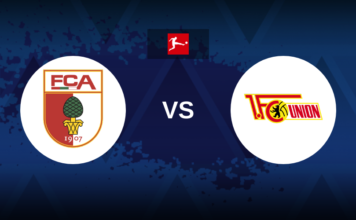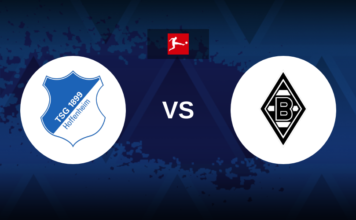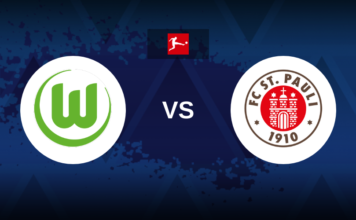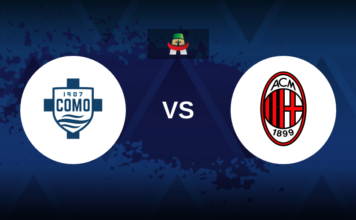Real Madrid, known today as one of the biggest football clubs in the world, did not always have that reputation. In fact, their origin story begins with a disagreement.
A club named Sky Football was founded in Madrid in 1897, but a rift among the members led to the creation of a new club just a few years later. Originally called “Madrid Football Club” in 1902, they adopted the color white, inspired by the now-defunct English club Corinthian FC.
From those modest beginnings, Madrid quickly found success, winning their first trophy—the Spanish Cup—just three years after their founding. By 1920, the club was granted the title “Real” (meaning royal) by King Alfonso XIII, becoming Real Madrid. However, the club lost both its royal title and the crown in their emblem during the Spanish Civil War, only to regain them in 1939 when the conflict ended.
One of the most pivotal moments in Real Madrid’s history came in 1943, during a Copa del Rey semi-final against Barcelona. Madrid’s emphatic 11-1 win after losing 3-0 in the first leg is often credited with sparking the intense rivalry between the two clubs, now known as “El Clásico.” This result also cemented Madrid’s growing reputation as the team of Spain’s dictatorship, while Barcelona took on the role of the underdog.
Santiago Bernabéu became president in 1943, transforming Real Madrid into a global powerhouse. Under his leadership, the club built their iconic stadium (later named after him), established their renowned youth academy “La Fábrica,” and began signing top players from around the world. Alfredo Di Stéfano was among the first stars to join Madrid, leading them to dominate the European Cup (now the UEFA Champions League), winning the first five consecutive titles from 1956 to 1960.
After Bernabéu’s death in 1978, the club hit a rough patch but was soon revitalized by a new generation of homegrown talent. Known as “La Quinta del Buitre,” this group helped Real Madrid win five La Liga titles in a row during the 1980s.
In 2000, Florentino Pérez was elected president and ushered in the “Galáctico” era, bringing in global stars like Luis Figo, Zinedine Zidane, Ronaldo, and David Beckham. Despite enormous commercial success, the team initially struggled to live up to the lofty expectations on the pitch. However, Real Madrid’s fortunes turned under managers like Vicente del Bosque and Carlo Ancelotti, with Pérez’s strategy eventually paying off as the club won numerous Champions League titles in the 21st century.
Real Madrid’s dominance continued under Zinedine Zidane as manager, with the club winning an unprecedented three consecutive Champions League titles from 2016 to 2018. Following a short decline, Madrid was rebuilt again under Pérez, this time adding young stars like Vinícius Júnior and Jude Bellingham, who led the club to further triumphs.
The future looks brighter than ever for Real Madrid, especially after their 2024 signing of Kylian Mbappé, widely regarded as one of the best players in the world. With their unparalleled history of success and their ability to attract the biggest talents, it’s hard to imagine a future in which Real Madrid doesn’t continue to dominate both Spanish and European football.







